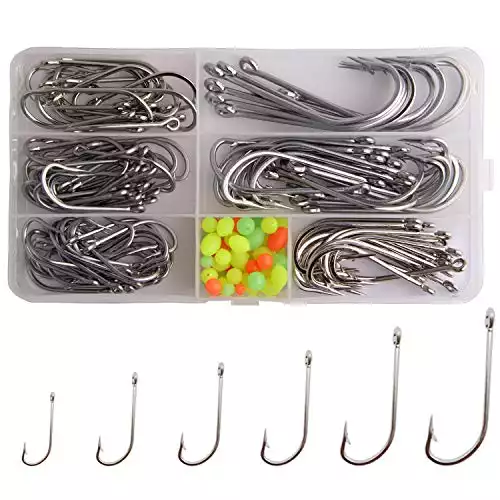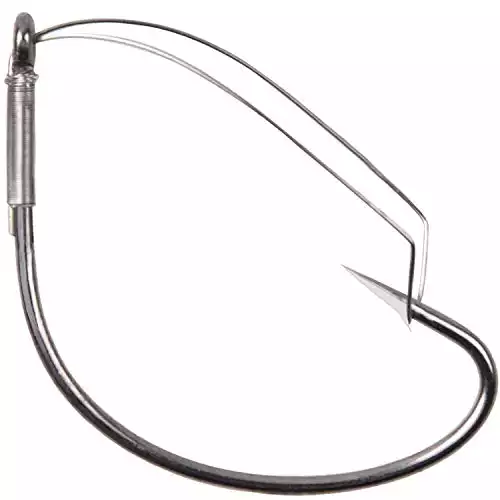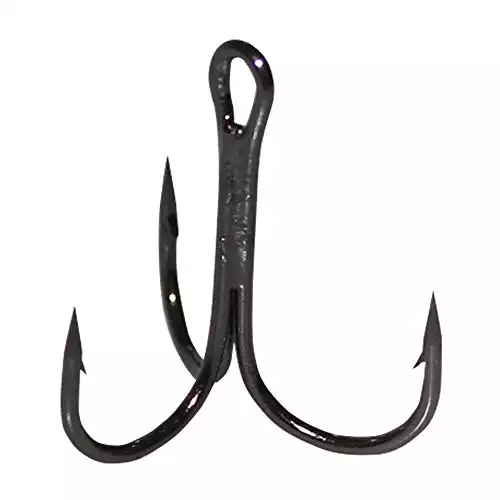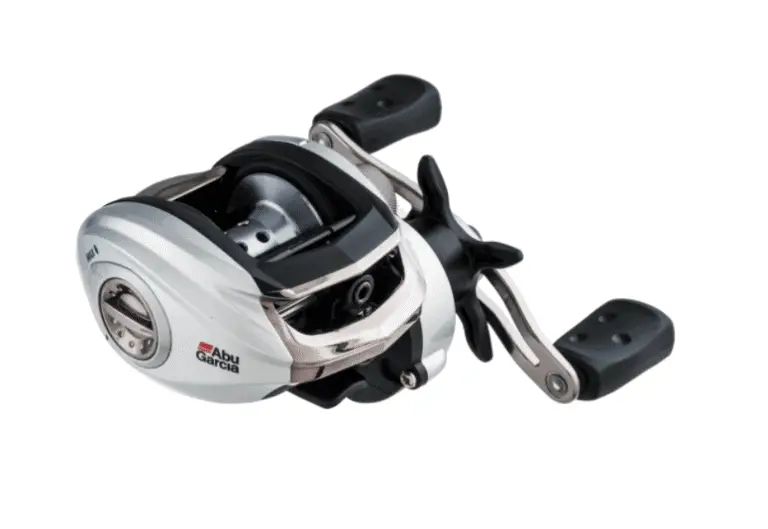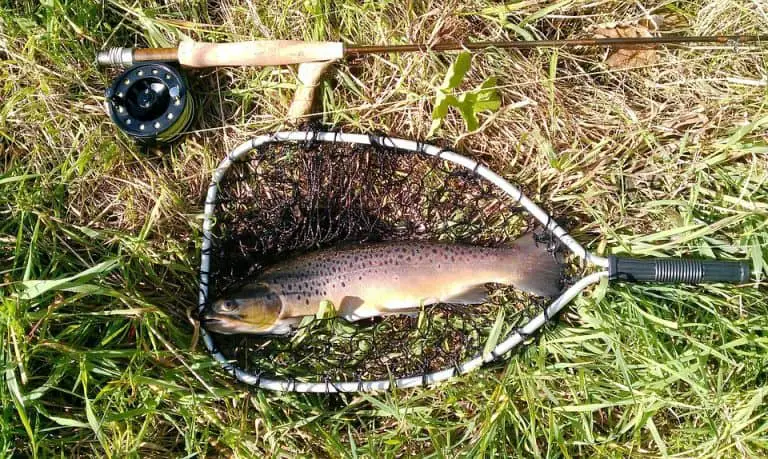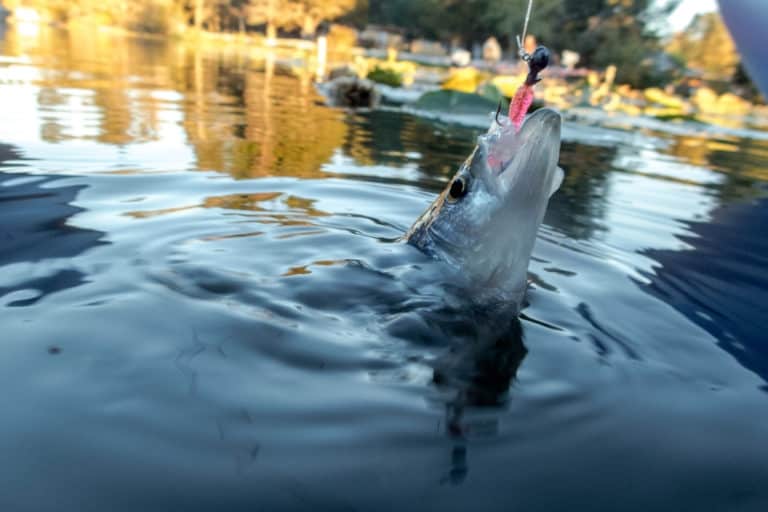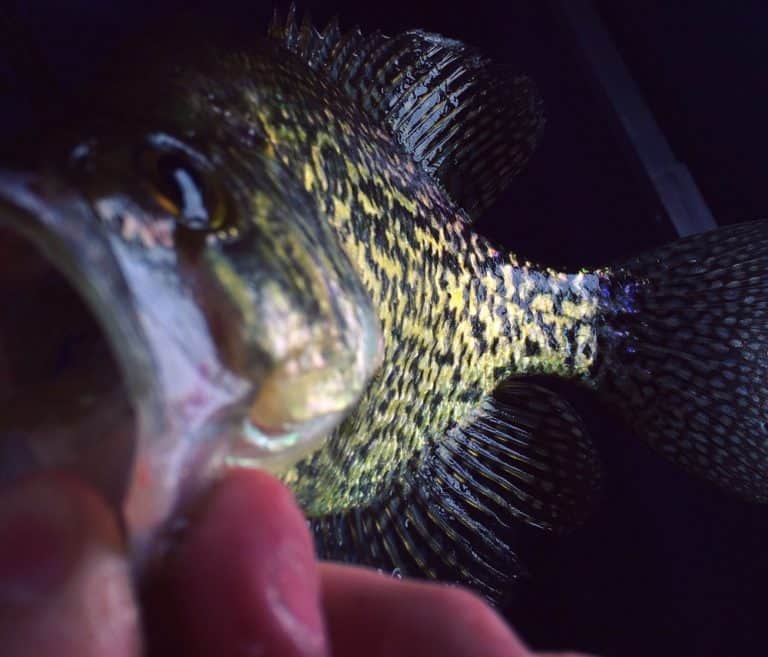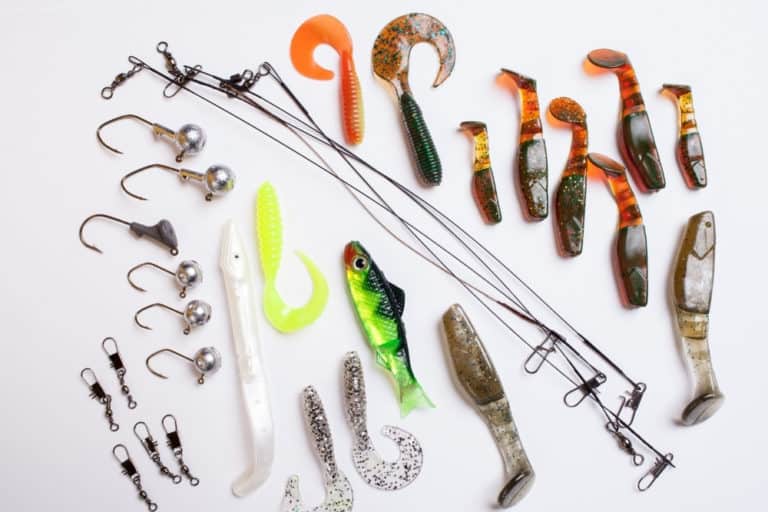Types Of Fishing Hooks: 3 Options, Their Use & Sizes
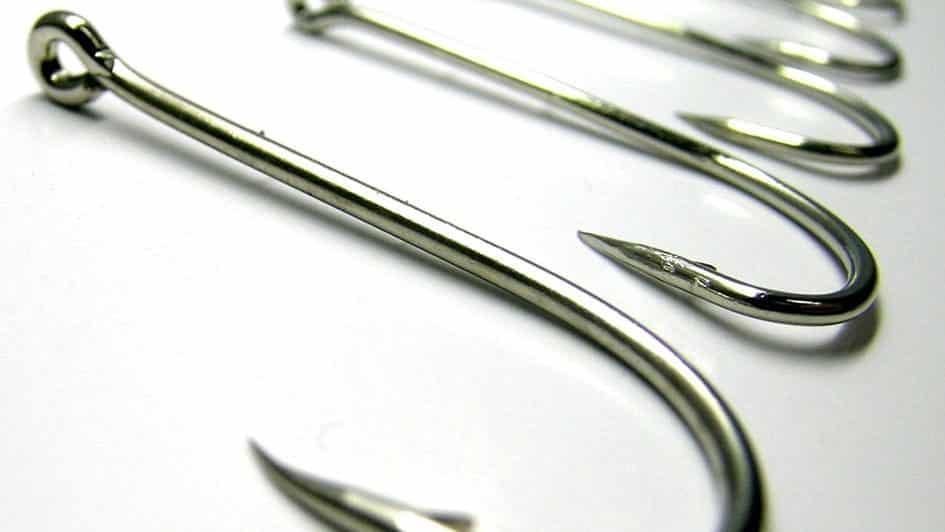
One important decision an angler must make when setting up a fishing rod is which type and size of hook to use. It’s a tough decision, especially when there are so many different types of fishing hooks on the market.
There are several designs and sizes available but before selecting a hook, the angler must decide what species they are going after and what method to employ to target that certain fish.
Fishing Hook Sizes
If the angler is hoping to catch a 5lb carp from a pond a size 6 hook would be a good choice, but if a 5lb bass from the beach is the target the hook size should be a lot bigger, around a 2/0, as a bass has a far larger mouth than a carp.
As well as selecting a hook for a particular species, the size of the bait or lure which the angler will be using must also be taken into consideration.
If the angler chooses to fish with sweetcorn, irrelevant of species sought, a size 10 or 12 hook is a suitable size for mounting a piece of corn onto.
If large lobworms are the choice of bait, then size 10 or 12 hooks would be too small to use, the angler would need something around a size 4 or 6.
Fishing hooks are measured numerically depending on the distance of the gap between the point of the hook and the shank, which is sometimes known as the gape.
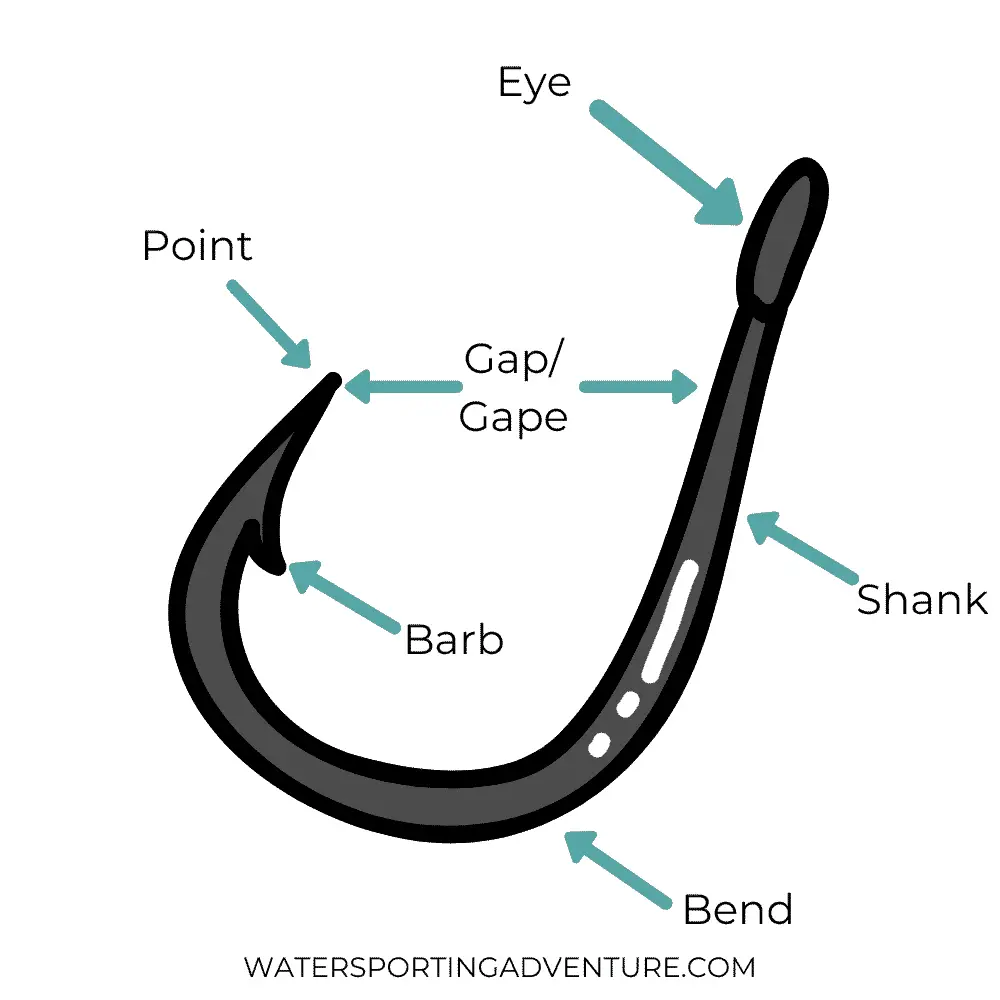
The smallest hook available is a tiny size 26. The hooks then get slightly larger as the numbers decrease evenly: 24, 22, 20, and so on until you get to a size 2.
After a size 2, there is a size 1 available before a slash and a zero is added after the number. It’s at this stage that the numbers increase singly: 1/0, 2/0, 3/0, etc. until you reach what is generally regarded as the largest hook which is a 10/0.
3 Most Common Types Of Fishing Hooks
Although there is a wide range of hook styles available to both the fresh and saltwater angler, the commonly used varieties are the ‘J hook’, ‘weedless hook’, and ‘treble hook’.
The J hook, named because it is shaped like the letter, is probably the most commonly used type of hook by the angler.
Companies manufacture specialist versions of this style of hook such as the Kamasan Eyed Specimen Hook or the Drennan Super Specialist Hook but the general shape of the J hook is the same.
There is also a variety of J hook called an Aberdeen which is commonly used by sea anglers. These hooks are made from extra-fine wire and have a longer shank making them ideal when using long worm baits such as ragworm or lugworm as they can be threaded up the shank for better presentation.
The weedless hook is designed to be used by lure anglers when using soft plastic lures such as worm and fish imitations when targeting predators in both fresh and salt water such as
This style of hook is designed so that once the lure is rigged the hook point is buried in the top of the lure making it is far less likely to snag on obstructions such as rocks and weed which is where the predators generally live.
Once a fish bites down on the lure, the hook point becomes exposed and the fish gets hooked.
Treble hooks are best described as three J-shaped hooks made into one hook.
These hooks are most commonly used on hard artificial baits such as plugs and spinners. The main reason for using treble hooks on these types of artificial bait is that no matter which side a fish hits the lure there is a far better chance of it grabbing at least one hook.
Pike anglers quite often use treble hooks to present either a live or dead fish bait on one hook which then leaves the other two hooks free to hook into the fish once a take occurs.
Latest Fishing Posts:
- How To Adjust A Baitcaster
- Magnetic Vs Centrifugal Brake Baitcaster
- Baitcaster Brake Vs Spool Tension
- Do Underwater Lights Work For Ice Fishing?
- Does Gulp Work For Ice Fishing?
- How To Dress For Ice Fishing
- Using Glow Sticks For Ice Fishing
- 10 Best Ice Fishing Pants
- 10 Best Ice Fishing Lures For Bass
- Level Wind Reel vs. Baitcaster

